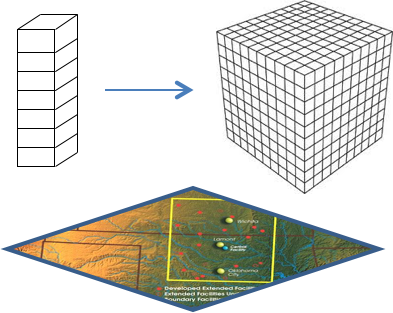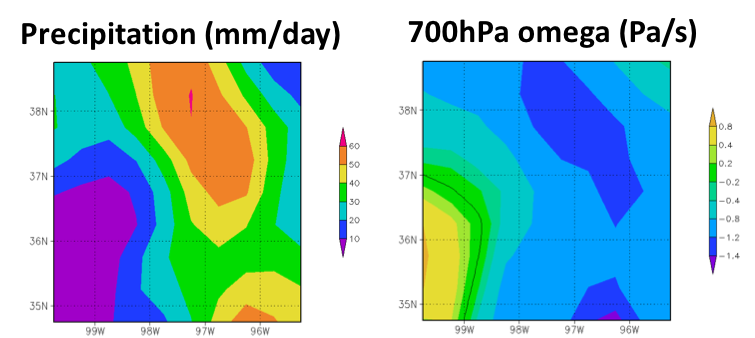Three-Dimensional Constrained Variational Analysis: Approach and Application
Submitter:
Zhang, Minghua — Stony Brook University
Area of research:
Radiation Processes
Journal Reference:
Science
Atmospheric vertical velocities and advective tendencies are essential large-scale forcing data to drive single-column models (SCMs), cloud-resolving models (CRMs), and large-eddy simulations (LESs). Traditional variational analysis methods are used to derive one-dimensional large-scale forcing data representing a certain domain. As climate models evolve toward higher spatial resolutions, there is a need for resolution-dependent forcing data to more accurately capture the large-scale dynamics.
Impact
A three-dimensional constrained variational analysis (3DCVA) algorithm has been developed to provide gridded large-scale forcing data for SCM, CRM and LES use. The new algorithm has some new features to improve the data quality such as incorporating radiative constraints and improving numerical treatment of specific humidity. The derived gridded large-scale forcing data are physically consistent with the spatial distribution of surface and TOA measurements of radiation, precipitation, latent and sensible heat fluxes, and clouds, which can provide more accurate and flexible large-scale dynamics. Results from a midlatitude cyclone case study on March 3, 2000, at the Atmospheric Radiation Measurement Southern Great Plains Facility are used to evaluate the diabatic heating fields in the available reanalysis/analysis products. The analysis/reanalysis data have larger biases at regional scale of a few hundred kilometers, and all analyses/reanalyses tend to underestimate the subgrid-scale upward transport of moist static energy in the lower troposphere.
Summary
A three-dimensional constrained variational analysis (3DCVA) algorithm has been developed. The analyzed gridded large-scale forcing data are physically consistent with surface and TOA measurements in three-dimensions, which provides the flexibility to run SCM, CRM and LES simulations in different sizes of domain and enables a more direct comparison of model clouds with measurements.



